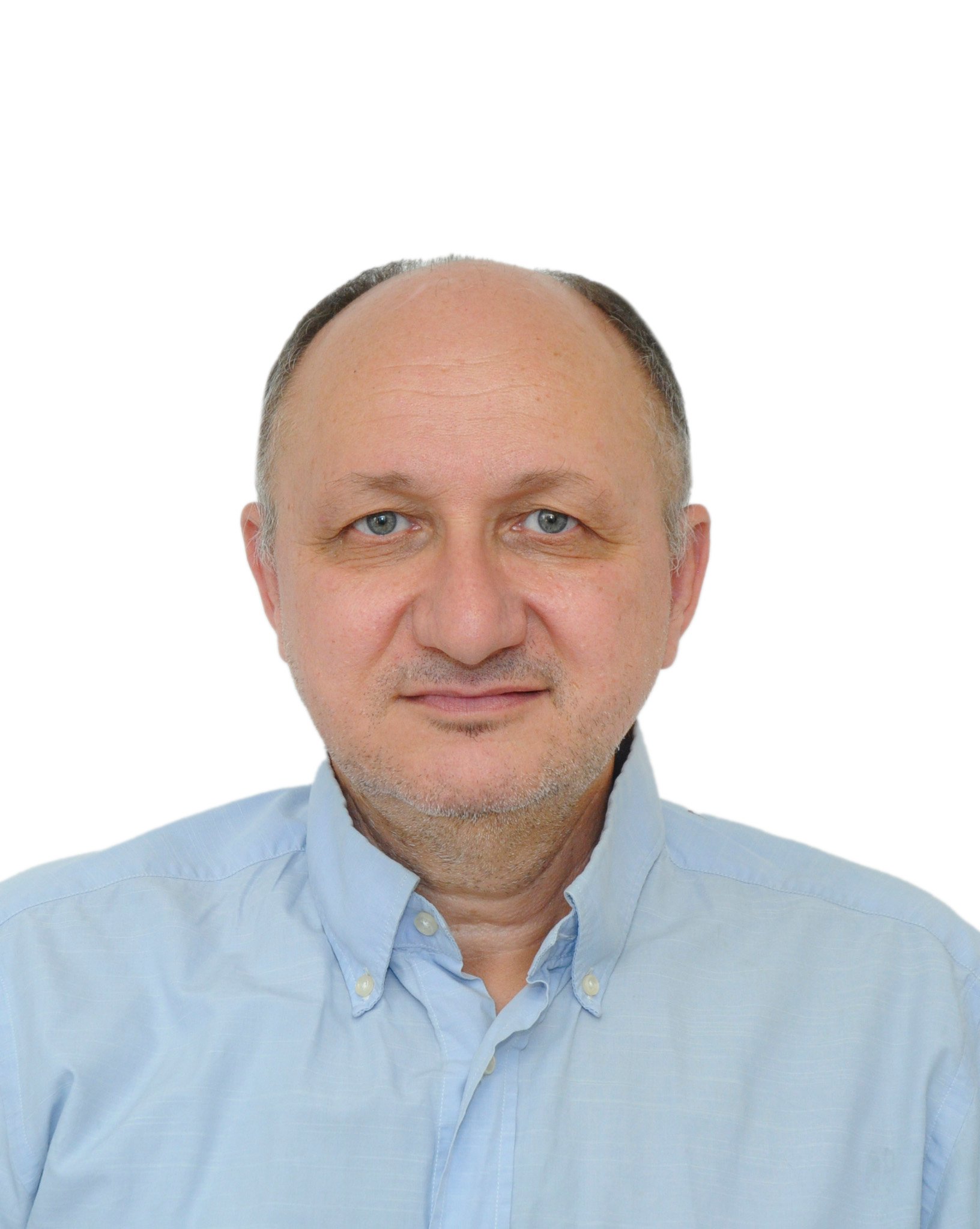Advanced Technology for Desalination and Water Purification
A special issue of Water (ISSN 2073-4441). This special issue belongs to the section "Wastewater Treatment and Reuse".
Deadline for manuscript submissions: closed (20 January 2024) | Viewed by 16462
Special Issue Editors
Interests: quantum optics; desalination; water purification; fluid mechanics
Special Issues, Collections and Topics in MDPI journals
Interests: magnetohydrodynamics; turbulence; nanofluids; convective heat transfer; biological flows; liquid metals
Special Issues, Collections and Topics in MDPI journals
Special Issue Information
Dear Colleagues,
The climate change that has been intensely observed in recent years has brought about a shortage of drinking water in many parts of the world. This phenomenon is very pronounced in the Mediterranean countries, which in the coming decades will be faced even with desertification according to experts. A solution for the water supply and irrigation of these areas is desalination, that is, the purification of seawater and brackish water from the ions of sodium and chlorine.
At the same time, due to industrial pollution, there is increasing pollution of groundwater, surface and wastewater from industries with heavy metal ions.
It is therefore vital for the continuation of life on Earth to develop methods of removing ions from aqueous solutions. In recent decades, methods have been developed that provide solutions but at a remarkable cost.
The purpose of this Special Issue is to present and summarize publications that propose alternative innovative low-cost methods of ion removal from seawater, industrial wastewaters, and surface water and groundwater, not necessarily large-scale, which may be useful to small groups or individuals in creating clean water.
Dr. Vasileios Bartzis
Prof. Dr. Ioannis Sarris
Guest Editors
Manuscript Submission Information
Manuscripts should be submitted online at www.mdpi.com by registering and logging in to this website. Once you are registered, click here to go to the submission form. Manuscripts can be submitted until the deadline. All submissions that pass pre-check are peer-reviewed. Accepted papers will be published continuously in the journal (as soon as accepted) and will be listed together on the special issue website. Research articles, review articles as well as short communications are invited. For planned papers, a title and short abstract (about 100 words) can be sent to the Editorial Office for announcement on this website.
Submitted manuscripts should not have been published previously, nor be under consideration for publication elsewhere (except conference proceedings papers). All manuscripts are thoroughly refereed through a single-blind peer-review process. A guide for authors and other relevant information for submission of manuscripts is available on the Instructions for Authors page. Water is an international peer-reviewed open access semimonthly journal published by MDPI.
Please visit the Instructions for Authors page before submitting a manuscript. The Article Processing Charge (APC) for publication in this open access journal is 2600 CHF (Swiss Francs). Submitted papers should be well formatted and use good English. Authors may use MDPI's English editing service prior to publication or during author revisions.
Keywords
- electric field
- ion drift
- desalination
- water purification
- heavy metals
- low cost purification
- ecosystem services
- water quality






